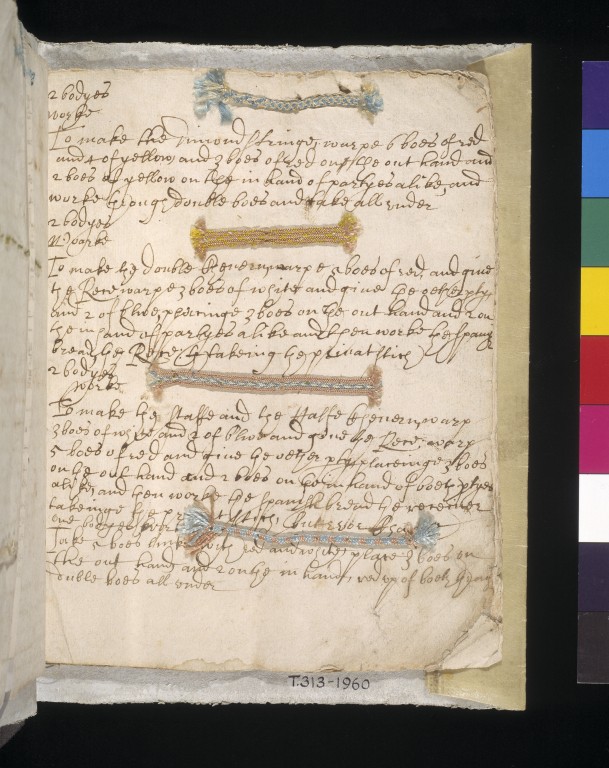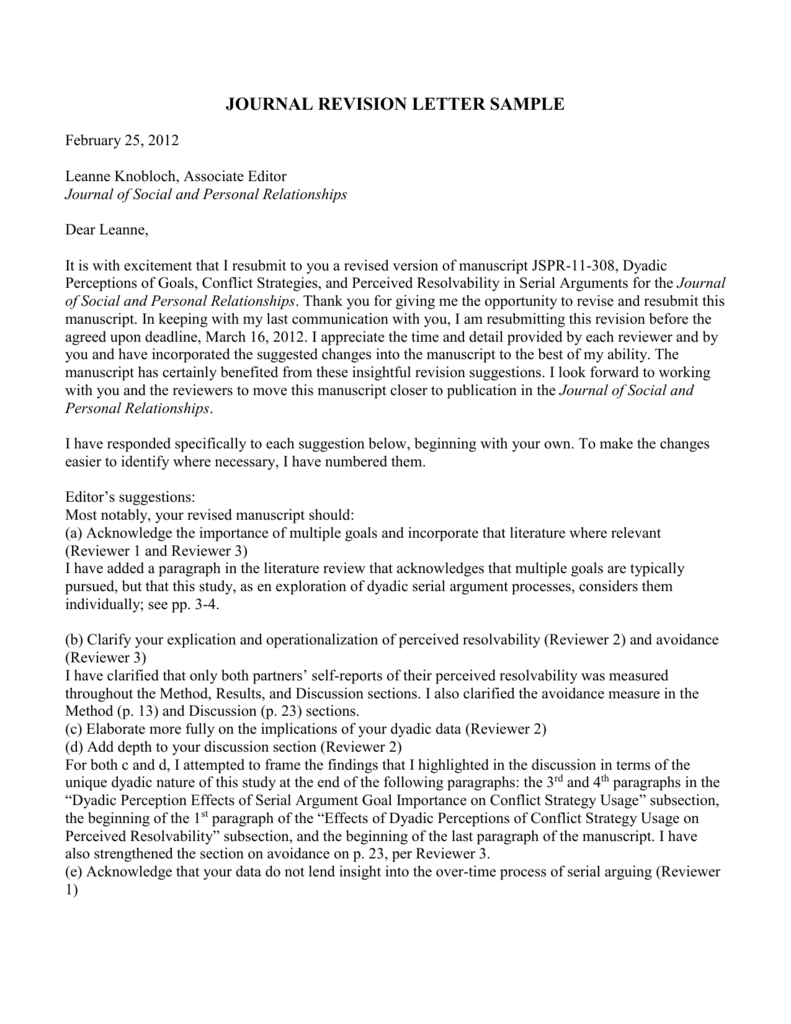

When errors are exposed, the intended words become clear. Studying the Greek New Testament manuscripts, then, allows us to better understand scribes and discern where errors occur. Looking at many manuscripts, textual critics recognize typical mistakes that occur and thus apply that to their work. Understanding his tendencies helps to pinpoint areas of variation from the words he copied from the exemplar. When investigating one manuscript closely, scholars learn about the habits of a particular copyist. Scholars study scribal habits in a couple of ways. More information of the situation led to a change, whether or not intended by the author. If sent to the grocery store with your mom’s list, you may assume that she intended the word “paste” to mean “pasta,” because you knew of her plans to cook spaghetti. Once again, our own experiences reveal how easily these kinds of assumptions could lead to variations between copies. When their exemplar contained difficult text, scribes may have “smoothed it out” to produce what they considered correct. Familiarity with other manuscripts or New Testament books led some scribes to assume that certain words ought to be different. At times, scribes, knowingly or unknowingly, harmonized similar content or similar-sounding phrases. Other variants occur by scribal intervention.

We will save those fun words for a future Manuscripts 101 post. Textual critics have fancy words for scribal errors like dittography and homoeoteleuton. can be easily understood by anyone who has taken notes from a book or lecture. Misspellings, skipping words because of similar-looking lines, copying text twice, etc. Our own experiences copying words by hand reveal how easily mistakes may occur. Most of the variants in the Greek New Testament result from simple mistakes. Yet, all inevitably make mistakes and assumptions. Studying the copies, scholars find one thing remains true of all scribes: they are humans. Some scribes left notes that reveal more about their situation (see this post for more). Men and women, bent over a copy of the text and fresh papyrus, parchment, or paper, reproduced the words over centuries. The words within each Greek New Testament codex result from the work of scribes, as with most book reproduction before the printing press. Many New Testament manuscripts contained multiple New Testament books or other writings within the one codex. The compact design of the codex allowed for more text to be included than a roll, and for the combination of multiple works. A codex could be made of one large quire or many smaller ones. Larger sheets were folded together into a gathering called a quire. Much like the books that we know and interact with, a codex is essentially a stack of sheets sewn together often between a top and bottom cover. Scholars are able to estimate the date of a manuscript by its material and our knowledge of ancient culture.Īlmost all of the extant Greek New Testament manuscripts take the form of the codex. Even later, paper became more widely used in New Testament manuscripts. This book material, made of animal skin, makes up most extant Greek New Testament manuscripts. Later, parchment grew into prominence in bookmaking, and, thus, more New Testament manuscripts were made of parchment. Papyrus “sheets” were most often made into rolls but were also cut into pages for codices (more on that below). The earliest copies of the New Testament were written on papyrus, a paper-like material made from papyrus plants. Yet, while the authorial works have worn away with use and age, hundreds of copies produced by scribes over time passed the words on to each successive generation in the vessel of ancient books. Scholars debate exactly when each book of the New Testament was written, but we know that they were produced centuries before the advent of movable type. Holding an ink pen that regularly needed refreshing, working by candlelight in the dimming day, and lacking the simplicity of a delete key for mistakes, authors and scribes carefully produced literature for the pre-fifteenth century world. Some authors may have produced a second copy, but most book re-production occurred by scribes duplicating the words by hand into another book. Then, an author may have spent time revising and editing before releasing the book for publication. An author or an author’s amanuensis wrote the initial work. Anyone who has written an essay by hand or copied sentences in school can imagine manuscript production required a hefty amount of labor.


 0 kommentar(er)
0 kommentar(er)
